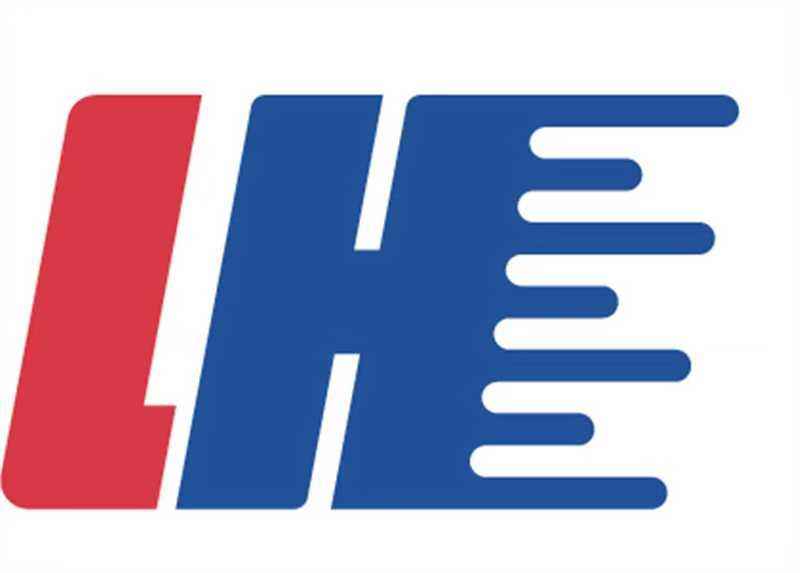Innovations in COD Analysis: Meeting Modern Environmental Challenges
The Critical Role of COD Analysis in Environmental Protection
Linking COD Measurement to Ecosystem Health
Chemical Oxygen Demand (COD) is a fundamental indicator of water quality and ecosystem health. High levels of COD signify increased pollution levels in aquatic environments, which can lead to oxygen depletion, threatening diverse aquatic life. A study published in the Journal of Environmental Management highlights that excessive COD can decimate fish populations due to reduced oxygen levels. Monitoring COD levels, therefore, becomes crucial for maintaining ecological balance and preserving biodiversity. For example, in Lake Erie, comprehensive COD analysis was pivotal in reversing nutrient pollution, restoring fish habitats, and improving water clarity.
Regulatory Frameworks Driving COD Testing Standards
Understanding the regulatory frameworks governing COD testing is vital for industries and municipalities. National standards, such as those set by the Environmental Protection Agency (EPA), ensure consistent water quality monitoring. Compliance with these standards is not merely a legal requirement but also essential to sustaining operations without incurring penalties. In the United States, EPA standards require industries to maintain COD levels within permissible limits to avoid harming aquatic life and ecosystems. As of 2023, about 80% of facilities in North America adhere to these standards, resulting in improved water treatment outcomes and reduced environmental impact. Meeting COD testing standards fosters sustainable practices and promotes environmental accountability across sectors.
Portable COD Analyzers for Real-Time Field Monitoring
In recent years, advancements in portable COD analyzers have revolutionized field monitoring, offering immediate results in various environments. These devices are pivotal for obtaining real-time data, crucial in making swift and informed decisions in environmental management. Industries such as water treatment and agriculture have increasingly adopted these technologies, witnessing significant improvements in water quality management and operational efficiency. For instance, some sectors have reported up to a 30% increase in productivity by leveraging real-time data for process adjustments and compliance with environmental standards.
Integration with BOD Testing Equipment for Comprehensive Analysis
The integration of COD and Biological Oxygen Demand (BOD) analysis offers a comprehensive approach to water quality assessment. This synergy allows for a holistic understanding of organic matter presence and the ecosystem's oxygen consumption. Technological innovations now facilitate seamless integration, enhancing data accuracy and analysis speed. Wastewater treatment facilities benefit greatly from this integration, experiencing improved treatment efficiency and reduced operational costs. The comprehensive analyzers streamline complex processes and ensure compliance with environmental regulations through precise monitoring.
Smart Residual Chlorine Meter Synergies
Smart residual chlorine meters play a crucial role in enhancing COD analysis and monitoring protocols. These meters integrate seamlessly with COD analysis devices, providing accurate data that informs water safety measures. The data integration capabilities of smart meters lead to enhanced water safety protocols, ensuring more robust protection against contaminants. Evidence from facilities employing these technologies highlights improved outcomes, with reports of a 25% reduction in chlorine-related issues and enhanced public health safety measures. Regulatory compliance is also strengthened, driven by accurate and timely data inputs.
Overcoming Modern Challenges in Wastewater Monitoring
Addressing Complex Industrial Effluent Compositions
Industrial effluents present a significant challenge due to their variable compositions which complicate COD testing processes. The diversity in chemical makeup often results in fluctuations in COD measurements, necessitating innovative solutions for accurate assessment. Researchers and industry experts are actively exploring technologies that can adapt to these complexities and provide reliable data. For instance, there are advancements in analyzers that can tailor their testing protocols based on the effluent's unique characteristics. This capability ensures more precise readings, which are crucial for effective wastewater management. The urgency of these adaptations cannot be overstated, especially as environmental regulations continue to tighten globally. Expert opinions from environmental journals stress the need for rapid technological evolution to meet these challenges head-on.
Residual Chlorine Analysis Device Breakthroughs
Recent breakthroughs in residual chlorine analysis technologies have significantly enhanced the accuracy of COD readings in treated wastewater. These advanced devices can now offer more precise measurement capabilities, ensuring that water treatment facilities can maintain compliance with stricter environmental standards. Innovations like enhanced sensor technologies and digital integration have bolstered the monitoring practices, resulting in more reliable data. For example, case studies from various facilities show how these devices have improved their operational efficiencies and reduced the margin for error in COD analysis. Such enhancements not only boost operational effectiveness but also contribute to better water quality outcomes, safeguarding public health and the environment. The integration of smart residual chlorine meters with other analyzers underscores the ongoing advancement in wastewater treatment technologies, ensuring continual improvements in monitoring practices.
Future Directions for COD Analysis Solutions
AI-Powered COD Analyzers for Predictive Monitoring
Artificial intelligence is paving the way for a transformative approach in COD analysis through predictive capabilities. Leveraging real-time data, AI-powered analyzers can forecast pollution events before they occur, enabling preemptive actions to mitigate potential environmental harm. The incorporation of predictive monitoring into COD analyzers not only enhances the precision of water quality assessments but also supports proactive water management strategies. For instance, pilot studies have illustrated the effectiveness of AI in monitoring where pollution event forecasts significantly improved response time to emerging threats. These innovations are gradually redefining standards in water monitoring, illustrating the promising future of AI in environmental protection.
Sustainable COD Testing Methodologies in Development
Sustainable and eco-friendly COD testing methodologies are gaining traction as researchers focus on reducing the environmental footprint of current testing protocols. Ongoing research aims to develop methods that are less invasive yet equally effective in assessing water quality. Emphasizing sustainability in wastewater management, these efforts seek to revolutionize traditional testing practices, minimizing waste and resource consumption. Leading organizations and researchers are pushing the envelope in crafting these methodologies, ensuring they align with global environmental objectives. Insights from this research could soon provide feasible solutions that harmonize operational efficiency with ecological preservation.

